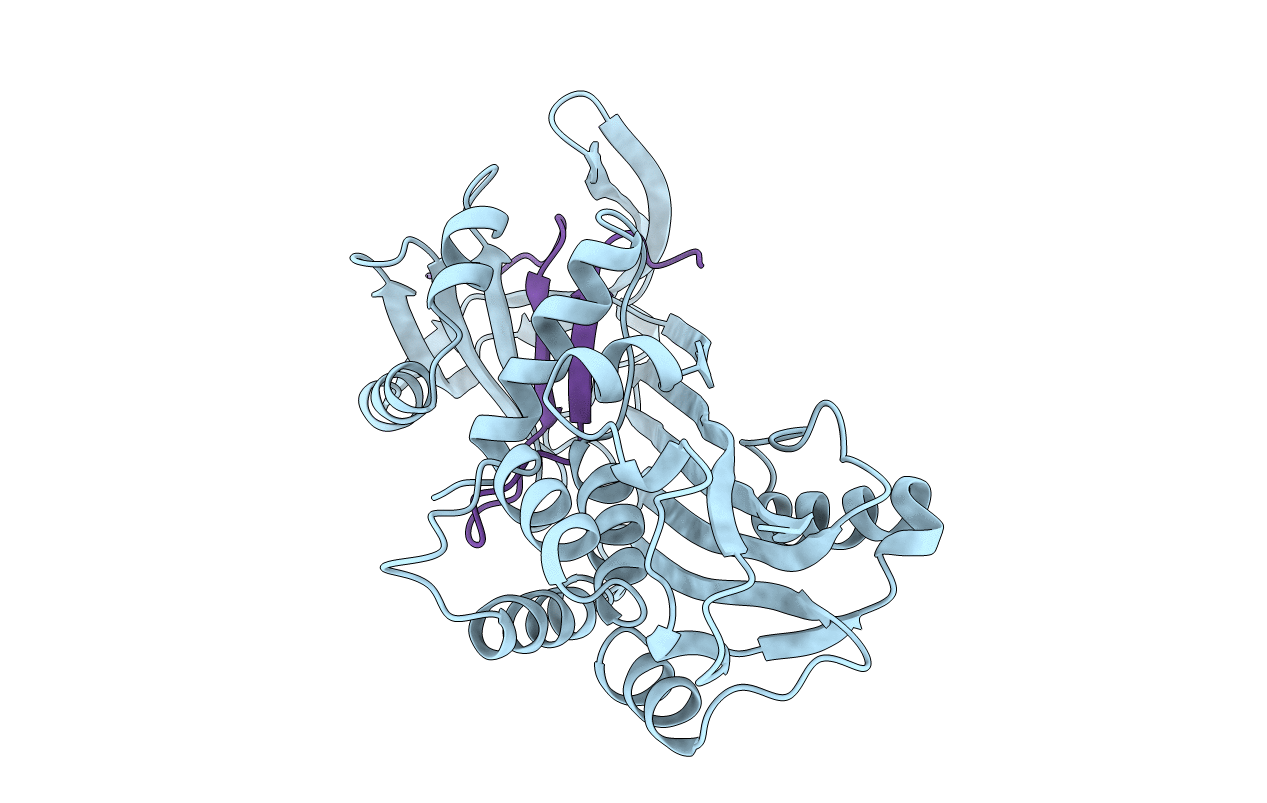
Deposition Date
1997-08-14
Release Date
1998-02-25
Last Version Date
2024-05-22
Method Details:
Experimental Method:
Resolution:
2.90 Å
R-Value Free:
0.28
R-Value Work:
0.19
R-Value Observed:
0.19
Space Group:
P 21 21 21


